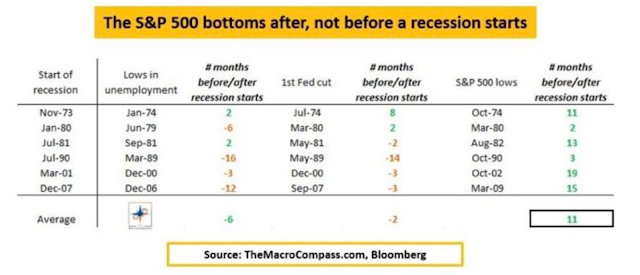February Minutes
The CPI report released in January indicated a 6.5% average inflation rate averaging the last two years of inflation data. When averaging each month's inflation rate in 2022 by itself, we get a yearly inflation rate of 8.38%, and the monthly rates show a decline month over month from June's high of 9.1% to November's low of 7.1%.
Federal Reserve Chair Jerome Powell recently held a press conference where he discussed the state of the economy. He stated that the Fed is closely monitoring job data, and he doesn't expect the Fed to cut rates this year. Powell said the disinflationary process has started, with disinflation seen in goods prices, but it is too early to declare victory against inflation as the job is not fully done. Powell also said that the central bank could conduct a few more rate hikes to bring inflation down to its target and that the Federal Reserve raised benchmark overnight lending rates by 25 basis points. The hike brings the Fed’s target range to 4.5% - 4.75%, the highest level since 2007. Despite the rate hike, the Fed noted in its statement that the FOMC still sees the need for "ongoing increases in the target range."
Michael Burry, known for his role in "The Big Short," has expressed skepticism towards the current stock market performance. He tweeted last Tuesday that everyone should "Sell," indicating his belief that investors should not be swayed by the recent upward trend in stocks. Despite the 6.2% growth in the S&P 500 index and 11% rise in the Nasdaq Composite in January, Burry is wary of a potential market downturn. He has drawn comparisons between the current stock market and the dot-com bubble of the early 2000s. During the dot-com bubble, stocks experienced a rapid rise in value but eventually crashed, leading to a significant loss for investors. In 2001, the S&P 500 had a rally between September and March before dropping six months later. Burry believes that the recent 17% rally in the S&P 500 since October 2022 could also be short-lived.
On top of this, a Morgan Stanley strategist went on record to state that US equities may experience severe losses that are greater than what many bearish investors anticipate. The risk of recession is expected to worsen the already substantial yearly drop in equities, which is the largest drop since the 2008 global financial crisis. The strategist also claims that the current profit estimates for corporations are too optimistic and the equity risk premium is at its lowest since 2008, which suggests that the S&P 500 index may experience an even bigger decline.
Some fruit for thought for investors believing now may be a good time to enter the market:
Throughout history, it has shown that the S&P500 will bottom after a recession starts, not before. The market lows are not behind us, despite what the market rally looks like. Wait until earnings recessions take their full toll on the market.
As seen above, the markets will not bottom without a positive shift in monetary policy. This is necessary to reach a market bottom.
In summary, it does not seem likely the FED will pivot anytime soon, but the importance of evaluating businesses during this period of depressed prices has never been greater. Investors should keep an eye out for companies they are interested in acquiring and purchase them before a potential FED pivot.








Comments
Post a Comment